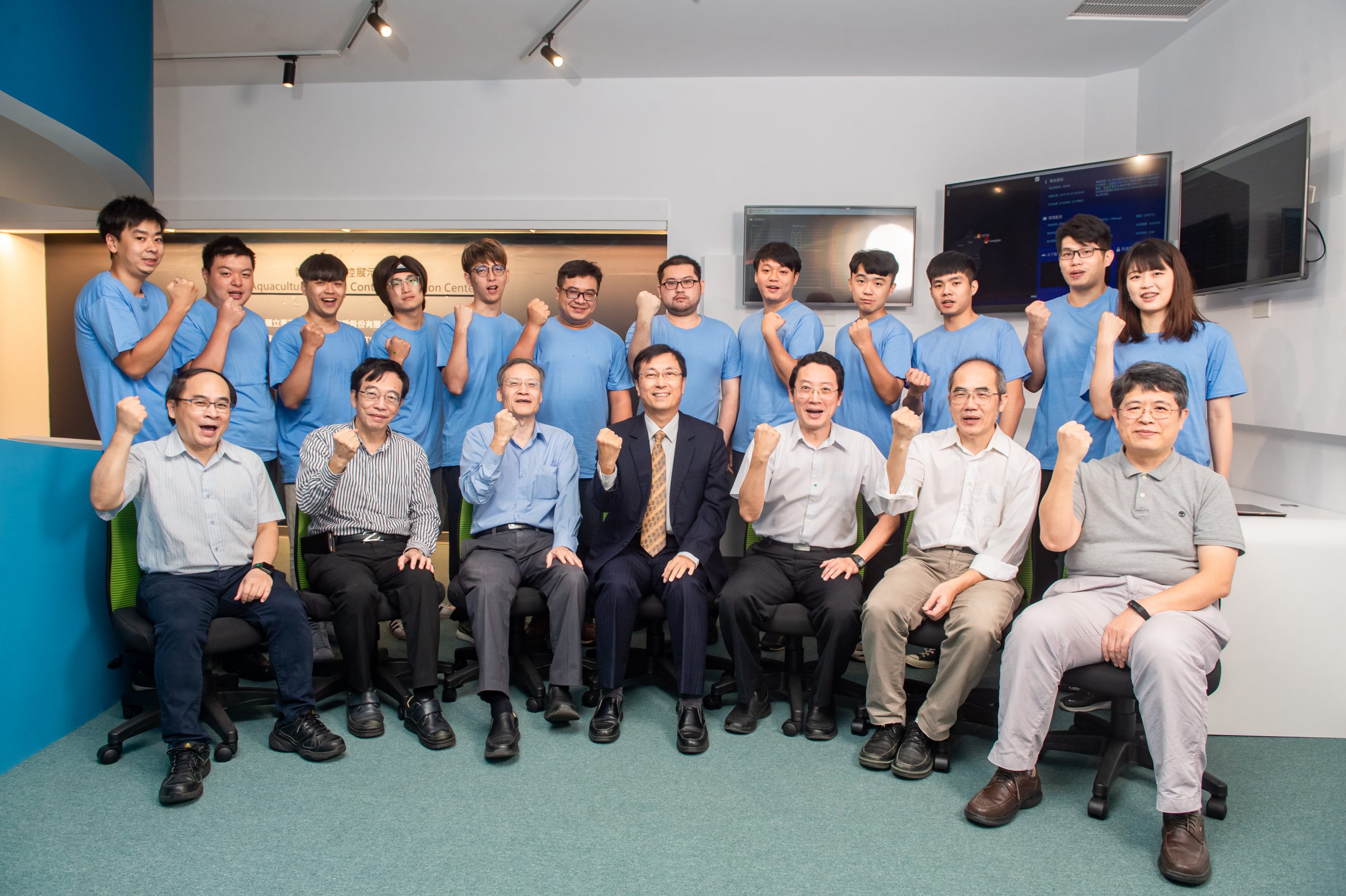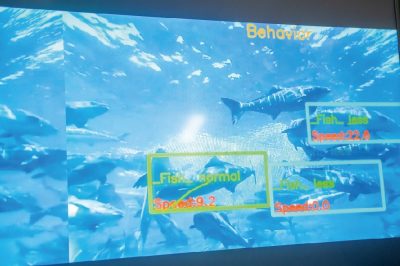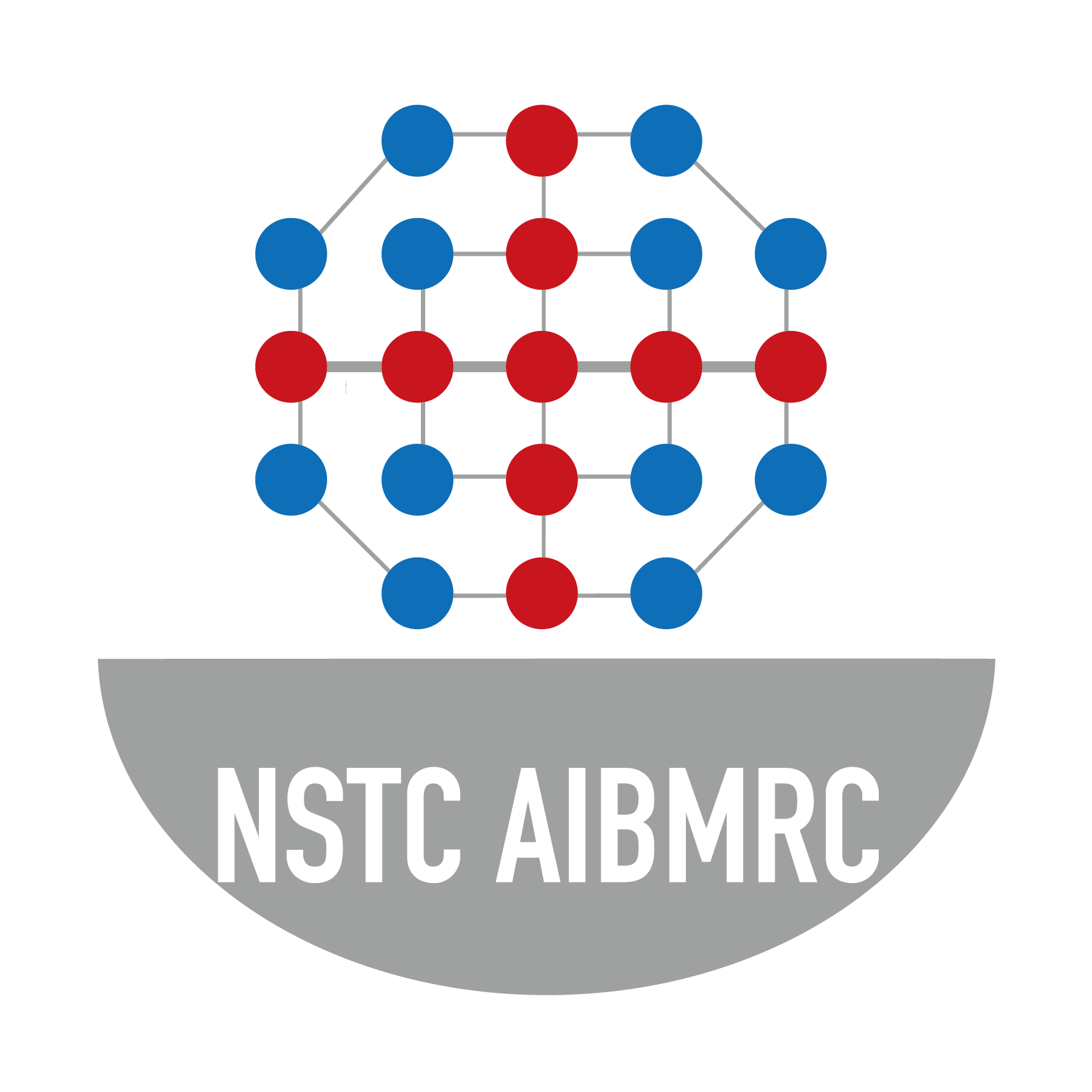
Applying artificial intelligence (AI) techniques to implement a practical Smart Cage Aquaculture Management System
Principal Investigator | Chung-Cheng Chang, Professor EE Dept, NTOU
Co-Principal Investigator |
Chung-Cheng Chang, Jung-Hua Wang,Jenq-Lang Wu, Tzong-Dar Wu, Yi-Zeng Hsieh, Shyi-Chy Cheng, Chin-Chun Chang Computer Eng. Dept, NTOU
Jih-Gau Juang, Professor CNCE Dept, NTOU
Yii-Shing Huang,Chyng-Hwa Liou,Cheng-Ting Huang Aquaculture Dept, NTOU
Te-Hua Hsu Ph.D, Research Assistant Center of Excellence for the Oceans, NTOU
Principal Investigator | Chung-Cheng Chang, Professor EE Dept, NTOU
Co-Principal Investigator |
Chung-Cheng Chang, Jung-Hua Wang,Jenq-Lang Wu, Tzong-Dar Wu, Yi-Zeng Hsieh, Shyi-Chy Cheng, Chin-Chun Chang Computer Eng. Dept, NTOU
Jih-Gau Juang, Professor CNCE Dept, NTOU
Yii-Shing Huang,Chyng-Hwa Liou,Cheng-Ting Huang Aquaculture Dept, NTOU
Te-Hua Hsu Ph.D, Research Assistant Center of Excellence for the Oceans, NTOU
Project Intro
The present research project aims to apply state-of-the-art artificial intelligence (AI) techniques to implement a practical Smart Cage Aquaculture Management System (SCAMS) useful for minimizing the cost of farming and maximizing the harvesting, and to further facilitate our country establishing a near-shore aquaculture industry of world-class competitiveness. Economic benefits of SCAMS include: to trigger the transformation of Taiwan’s fishery, enabling fishermen to obtain real-time information for achieving the best aquaculture performance, as well as promoting Taiwan’s current saturated fishing production. In addition, an AI farming services company will be established upon the completion of this project to provide fishermen with various technical services. R&D personnel concerning this project includes: an AI team, an automation team and an aquaculture team, all members of which are experienced scholars associated with NTOU (National Taiwan Ocean University), the aforesaid three teams will be joined by related enterprises such as the Taiwan-headquartered shrimp feed and farming giant Grobest group. NTOU also owns the oldest farming department in Taiwan and the various advanced research centers, Grobest group has both near-shore and offshore aquaculture experiences and skilled professional team, all these advantages make us superior over other competitors in completing the proposed research project. This four-year project is planned to accomplish the following two tasks: (1) to apply state-of-the-art AI techniques to the construction of an optimal aquaculture model, which is characterized by five sub-systems: Smart Feeding, Smart Image Behavior Monitoring and Analysis, Smart ROV, Smart Drone, and Big Data Analysis, the first four sub-systems collect data in real-time through various types of sensing components, these data will be uploaded to NTOU Cloud center and selectively labeled by the aquaculture team for the subsequent AI training at NCHC (National center for High-performance Computing) using state-of-the-art machine learning methods (e.g. deep learning) (2) enabling users to use mobile devices for monitoring the status of cages in real-time, herein an IoT architecture will be employed to integrate the Big Data for realizing the abovementioned practical benefits of intelligent cage aquaculture.
The present research project aims to apply state-of-the-art artificial intelligence (AI) techniques to implement a practical Smart Cage Aquaculture Management System (SCAMS) useful for minimizing the cost of farming and maximizing the harvesting, and to further facilitate our country establishing a near-shore aquaculture industry of world-class competitiveness. Economic benefits of SCAMS include: to trigger the transformation of Taiwan’s fishery, enabling fishermen to obtain real-time information for achieving the best aquaculture performance, as well as promoting Taiwan’s current saturated fishing production. In addition, an AI farming services company will be established upon the completion of this project to provide fishermen with various technical services. R&D personnel concerning this project includes: an AI team, an automation team and an aquaculture team, all members of which are experienced scholars associated with NTOU (National Taiwan Ocean University), the aforesaid three teams will be joined by related enterprises such as the Taiwan-headquartered shrimp feed and farming giant Grobest group. NTOU also owns the oldest farming department in Taiwan and the various advanced research centers, Grobest group has both near-shore and offshore aquaculture experiences and skilled professional team, all these advantages make us superior over other competitors in completing the proposed research project. This four-year project is planned to accomplish the following two tasks: (1) to apply state-of-the-art AI techniques to the construction of an optimal aquaculture model, which is characterized by five sub-systems: Smart Feeding, Smart Image Behavior Monitoring and Analysis, Smart ROV, Smart Drone, and Big Data Analysis, the first four sub-systems collect data in real-time through various types of sensing components, these data will be uploaded to NTOU Cloud center and selectively labeled by the aquaculture team for the subsequent AI training at NCHC (National center for High-performance Computing) using state-of-the-art machine learning methods (e.g. deep learning) (2) enabling users to use mobile devices for monitoring the status of cages in real-time, herein an IoT architecture will be employed to integrate the Big Data for realizing the abovementioned practical benefits of intelligent cage aquaculture.



System Capabilities
- AI Smart Aquaculture Management System – adding AI, IoT and automated technology to traditional box nets can lower the threshold for fishermen to operate. Fishermen can use mobile phones, tablets, and computers to remotely monitor the premises at any time. It can simultaneously reduce the labor cost of the aquaculture industry.
- Global IoT system-mainly to save costs and effectively use big data. In order to increase the acceptance of fishermen, the team developed a low-cost system. A cloud platform was built to store the recorded data, and implement a modular and smart breeding management system.
- AI feeding system- AI combined with an automatic feeding system to reduce the labor/feed costs of the industry.
- nderwater biological behavior monitoring and analysis-Set up high-Uresolution underwater photography lenses in the box net to collect the image data, and use image processing and AI technology to analyze the behavior of aquatic organisms and monitor growth status. Additionally, to further develop technology of underwater image enhancement and restoration makes the object observed by the target clearer in the image.
- Automated box net system- can reduce the loss of overseas box nets when encountering harsh weather such as typhoons.
- Accident protection system-allows users to monitor various fields in real time and realize vision-based AIoT applications through event warnings and user interaction.
Cooperating Partners
- Chia Jin Fish Farm
- G.L. Aqua Center
- Okicom, Japan
- ANS, Malaysia
- Scripps Institute of Oceanography, USA
Contact info
Tel :02-2462-2192 ext. 6209、1170
Mail:ccchang@mail.ntou.edu.tw
Tel :02-2462-2192 ext. 6209、1170
Mail:ccchang@mail.ntou.edu.tw
